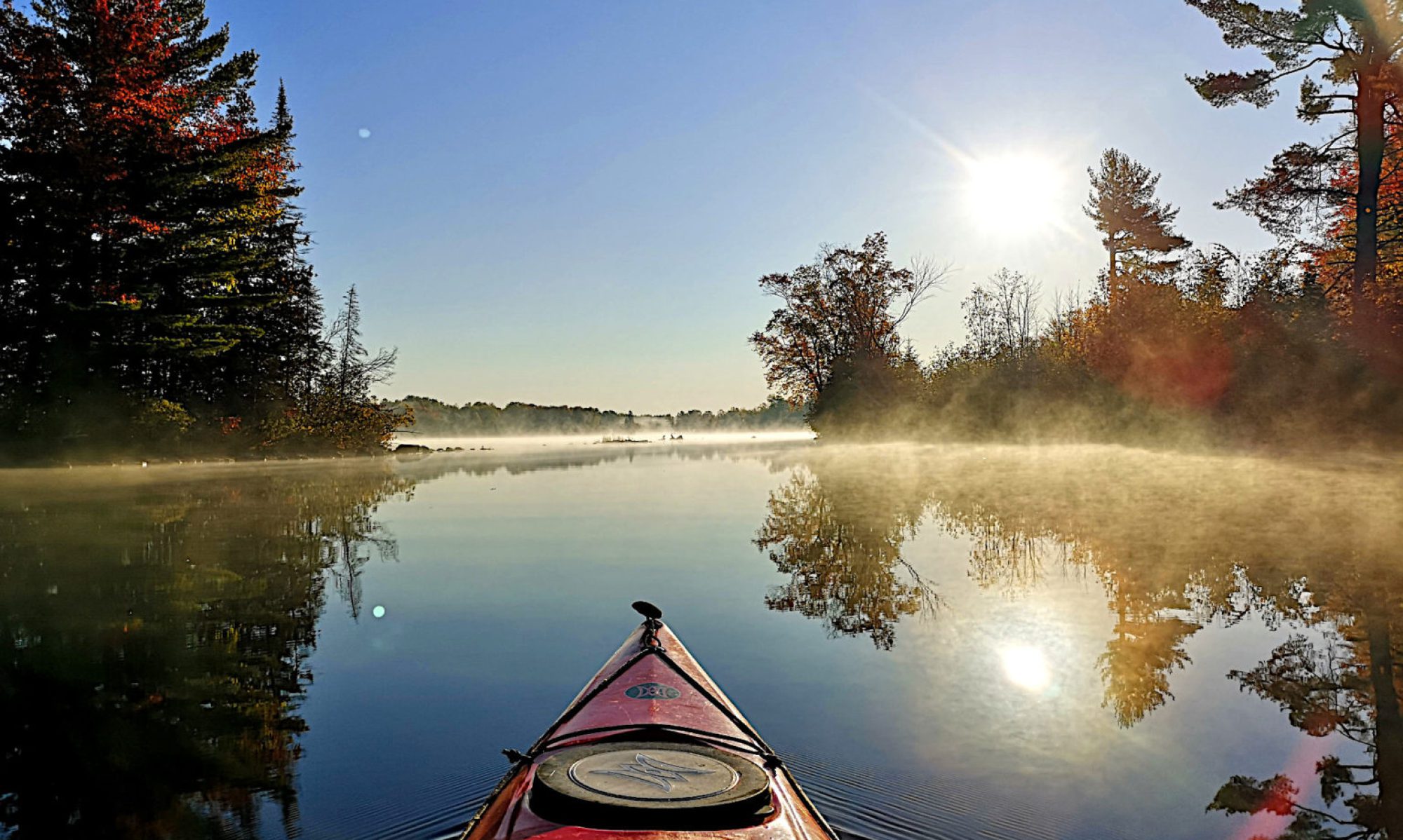
From the Paris Review: “I sat down at a conference room round table and gnawed on an undercooked chicken quarter, looking around at my fellow VIPs. Most of the other attendees were of retirement age. Their hats, tattoos, and car bumpers in the parking lot indicated that many were former military, police, and/or proud gun owners. Many were Trump supporters—beseeching fellow motorists to, as one bumper sticker read, MAKE THE FOREST GREAT AGAIN, a catchphrase which had been written out over an image of a Bigfoot on a turquoise background in the pines, rocking a pompadour. The sticker was a small oval on the larger spare wheel cover of a mid-aughts Chinook Concourse RV. Above it and below it, in Inspirational Quote Font, was the phrase “Once upon a time … is Now!” As a thirty-six-year-old progressive, I was an outlier in this crowd. But, like many, I was a believer.”
Doctors are mystified by the sudden onset of unusual brain diseases

From the New York Times: “It turned out that Laurie Beatty was just one of many local residents who had gone to Marrero’s office exhibiting similar, inexplicable symptoms of neurological decline — more than 20 in the previous four years. The first signs were often behavioral. One patient fell asleep for nearly 20 hours straight before a friend took her to the hospital; another found himself afraid to disturb the stranger who had sat down in his living room, only to realize hours later that the stranger was his wife. But these anxieties and sleep problems quickly gave way to more acute presentations: limb pain and trouble balancing, teeth chattering and shocklike muscle spasms so violent that some patients could no longer sleep in the same bed as their spouses. Many patients developed vision problems; some experienced terrifying hallucinations.”
(Editor’s note: If you like this newsletter, please share it with someone else. And if you really like it, perhaps you could subscribe, or contribute something via my Patreon. Thanks for being a reader!)
A Grade 10 student invented a soap that might cure skin cancer

From Time magazine: “Last October, the 3M company and Discovery Education selected Heman, a rising 10th-grader at Woodson High School in Fairfax County, Virginia, as the winner of its Young Scientist Challenge. His prize: $25,000. His accomplishment: inventing a soap that could one day treat and even prevent multiple forms of skin cancer. It may take years before such a product comes to market, but this summer Heman is already spending part of every weekday working in a lab at the Johns Hopkins Bloomberg School of Public Health in Baltimore, hoping to bring his dream to fruition. When school is in session, he’ll be there less often, but will continue to plug away.”
Note: This is a version of my personal newsletter, which I send out via Ghost, the open-source publishing platform. You can see other issues and sign up here.
Continue reading “A believer attends a Florida Bigfoot conference”





















